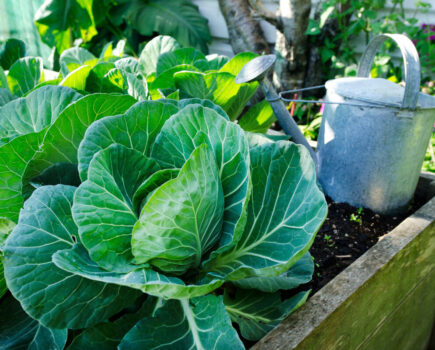Andrew Oldham explains how to reuse and recycle food containers for a greener garden
Plastic is too easy to use. There, I said it. You can drop a plastic plant pot and it will usually survive. I have accidentally buried several, I have flattened them with my big feet, backside and on one occasion, my car. I drove for over a mile thinking the exhaust had come off only to pull over and find an orange pot wedged under the car, sadly minus the clematis it originally held. But then there was the time I dropped a large terracotta pot in a house move. That was 14 years ago, and the memory still makes me wince.
Plastic lasts for decades

The first winter in this garden I lost several terracotta pots to harsh frosts. I wept and whipped myself with the bubble wrap I had forgotten to put around them! Yet I have never wept or flagellated myself because I have lost a plastic pot, and there lies the problem – too many of us regard plastic as throwaway stuff.
Everything is wrapped in plastic. Even seed companies and nurseries are guilty of using too much plastic, from envelopes to plant labels. We are awash with it, and it can still be going strong decades after we used it.
I have had two allotments and on both I have unearthed blue food containers that many of us use as water butts. In this garden I have found them shattered in the roots of mature laurel hedging. I found one buried four feet below the base of an old shed, still intact. Removing the lid I prayed for gold but instead found stagnant water and the remains of several dead rodents.
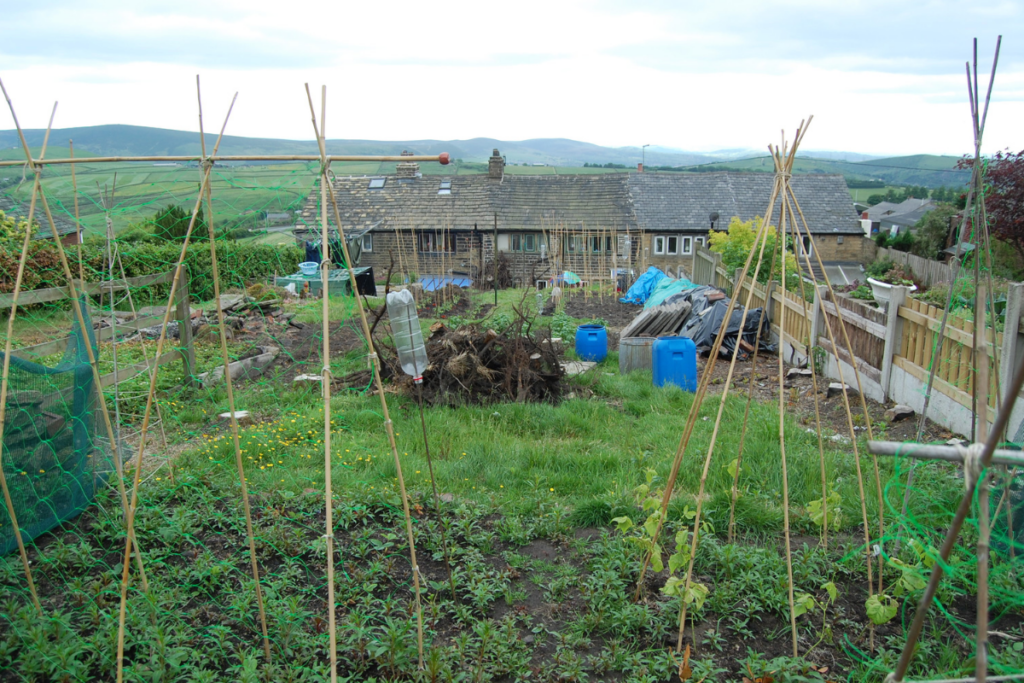
I have found bits of plastic along the length of my garden and removed 30 rubble bags of the stuff. Worryingly, the garden had been derelict for 30 years and for three decades the plastic had sat there. There was joy though, in the shape of an old 1930s dolly tub, still in one piece, halfway up the laurel hedge. It took me half a day to get it down, but it has given me over a decade of joy as a planter and water butt.
Making paper pots
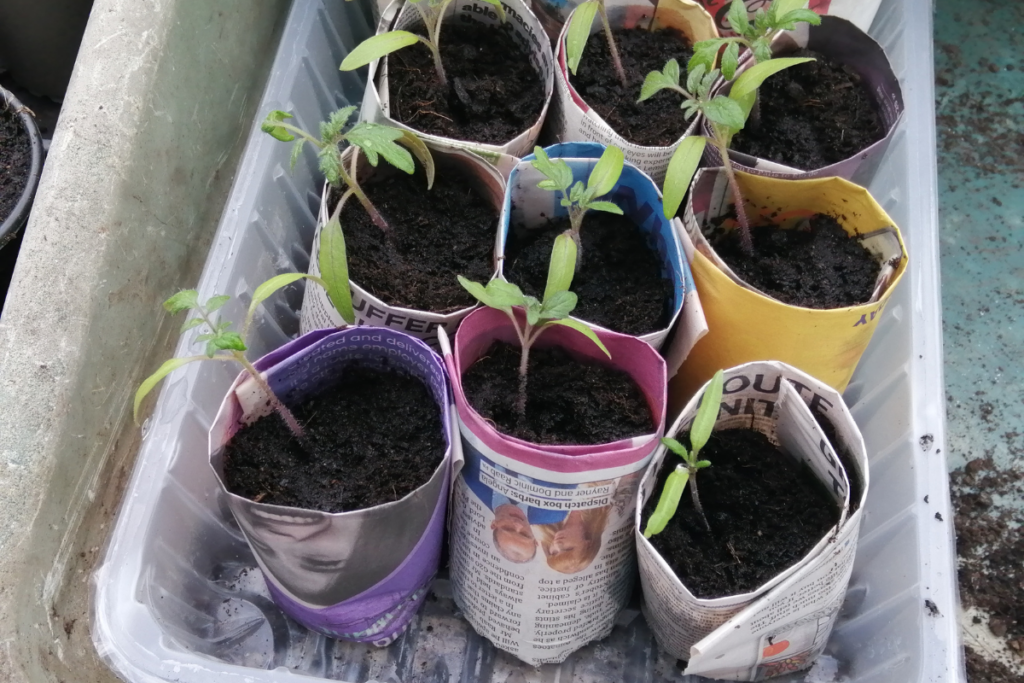
It’s time to start thinking outside the box and cherish the plastic we have. As my plastic has come to the end of its life, I recycle it but don’t replace it when I need new seed trays or pots. Instead I swap it for toilet rolls, newspapers, tins and mushroom trays.
I have used mushroom trays as mini-windowsill gardens for annual herbs and lettuces. I have used them as propagators, seed trays and trays for carrying homemade paper pots full of tomatoes. Making paper pots is satisfying and you can’t help but feel smug because you will get the same results as someone who buys a pot.
So, ramp up that smug dial by going to your recycle bin and taking a newspaper, ripping out one large sheet and folding it top to bottom, in half, and half again to get a wide, but slightly thick, newspaper head band around 20cm (8in) high. Wrap this around a tu-in can, leaving some to overhang the bottom. Fold this paper in and then smash it down on a table. It’s a wonderful activity to do on a spring day, minutes after the weather forecast has told me it’s okay to wear shorts and I step outside to a force five hurricane!
I take all that disappointment and use it to really flatten the paper along the bottom of that can. I had to build a new kitchen table recently but that’s another story..
Paper pots last a season and they can be planted straight into the soil or composted. There are paper-based pots on the market, but I believe that an hour with an unopened can and the free local newspaper saves your sanity, and you can catch up with local news too.
Uses of a tin can
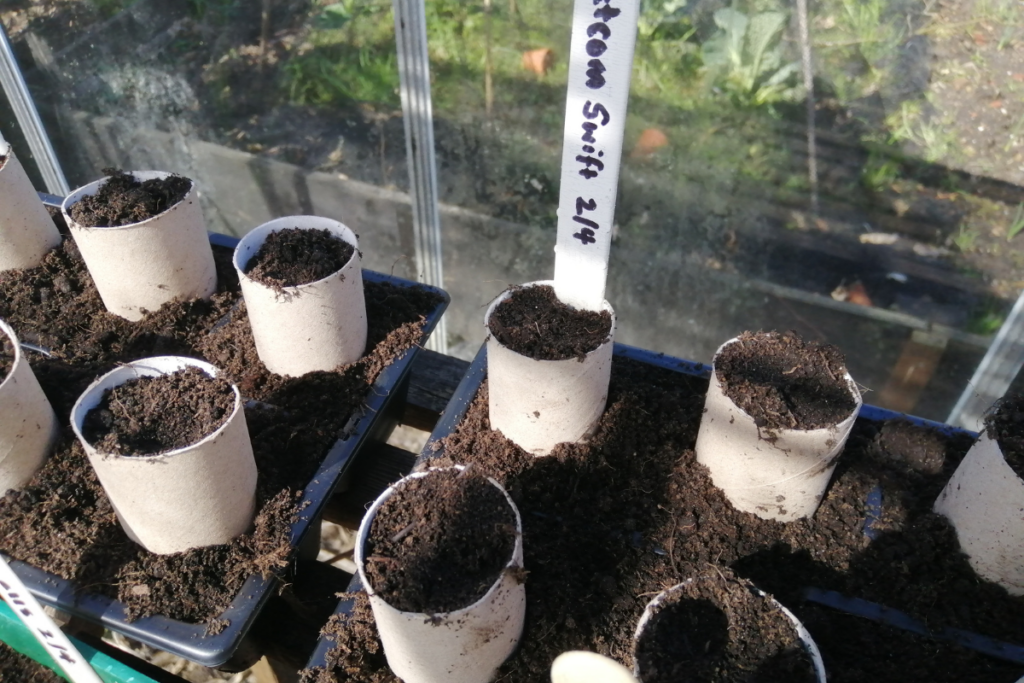
That tomato can has a life after opening. A few holes punched in the bottom with a nail and a hammer extends its life by allowing it to hold life, for you now have a plant pot. I get great delight in using these on windowsills, planting them with herbs (basil grows well) and placing them in a mushroom tray so they can be easily watered.
Even when the windowsill herb garden is over and the labels on the tins are starting to peel, their use is not diminished. I remove the bottom of the tins to create metal tubes which I stuff with twigs bound with jute string and small pinecones to make a bug hotel which I tuck into the bottom of my hedges. Even the string I use to do this doesn’t contain plastic.
This small change, that we can all do, means that string, the thing we use so much of, becomes part of the composting process and is returned to the soil. I use string to make trellis now for beans and cucumbers to climb up too.

The thousands of plastic pots I once accumulated are down to a few hundred and I nurture these so they last as long as they can. When they come to the end of their life, I don’t buy more, I go to our recycle bins to stock up on toilet rolls for planting sweetcorn and sweetpeas, newspapers to make pots for tomatoes and cabbages, mushroom trays for lettuces and tins for overwintering bugs.
After use, these are either recycled or composted but for a while, they become a tool that any gardener can make and use, as a way of saving money and finding happiness.
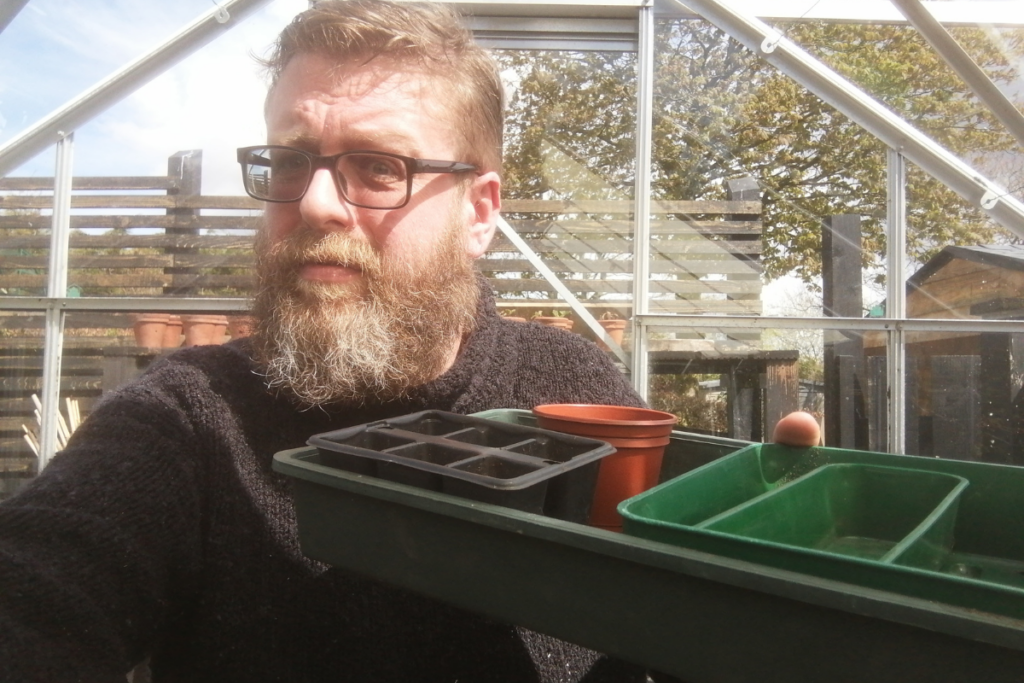
Find more tips, advice and articles like this at the Amateur Gardening website. Subscribe to Amateur Gardening magazine now.




